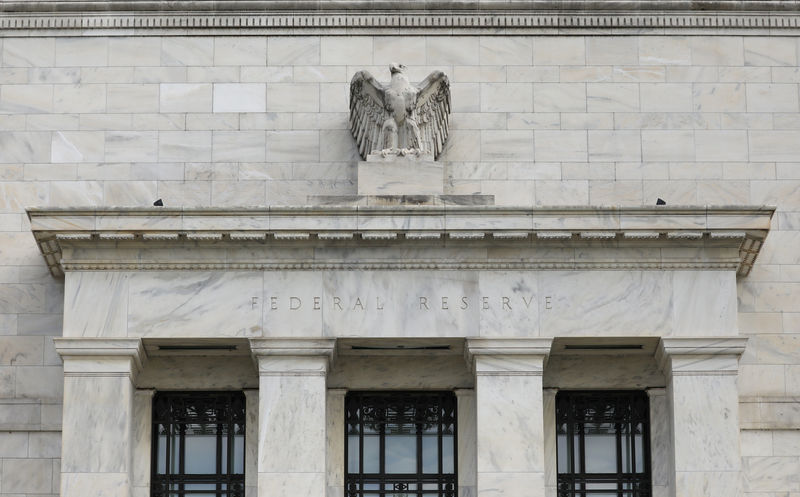(Bloomberg) -- A Federal Reserve official overseeing the central bank’s $500 billion lending program to states and cities says he’s seeing signs that it’s working -- even before a single loan has been made.
Kent Hiteshew, who was hired by the Fed to work on the program, said Monday that the April announcement of the lending facility has been “positive” for the market even before the central bank has purchased any municipal debt. The mere prospect of such an unprecedented intervention helped halt a liquidity crunch in March that sent prices tumbling by the most on record and raised concern that governments’ ability to raise capital could be cut off.
The Fed will buy short-term debt sold by states and cities to cover cash-flow shortages that the economic shutdowns have created. According to Hiteshew, there are signs the program is creating “positive” impacts already, with new borrowings by issuers being “absorbed” by the market again. AAA municipal bond yields have fallen closer to where they stood before the sell-off began, with 30-year municipals yielding under 1.9% on Monday and the shortest-term debt yielding some 0.3%.
“It appears that there’s significant liquidity available to high-grade issuers in the municipal market today that didn’t exist a month or so ago,” Hiteshew said at a virtual event hosted by the Government Finance Officers Association, in his first public comments on the program. He said the Fed’s lending could start soon.
The Fed’s announcement that it would purchase corporate-bond ETFs also triggered a rally and fueled speculation the central bank might not have to make actual purchases.
Hiteshew’s comments about the muni facility offer a glimpse into how the central bank is viewing current market conditions, which its watching to see if more intervention is needed. But advocacy groups and lawmakers alike have called on the Fed to purchase a broader swath of securities, not just short-term debt as currently planned.
The central bank has also faced criticism about the pricing of its short-term loans, with Citigroup Inc (NYSE:C). strategists saying the cost would deter borrowing under the program. Washington Treasurer Duane Davidson said in a statement on Monday that the rates were a “non-starter for the state” and many other highly-rated debt issuers.
But Hiteshew said that the Fed may adjust the pricing if market conditions change materially. The pricing was in line with the Fed designing the program as a “backstop, not a first stop” for issuers, he said. Under Section 13(3) of the Federal Reserve Act, which allows the Fed to make emergency loans, the Fed is supposed to set rates at a “premium to the market rate,” according to a 2015 rule.
Hiteshew also pointed to an $800 million bond offering last week by Illinois, the lowest-rated state, as an example of the Fed’s impact. He said the Illinois deal benefited from the release of the pricing details because it gave investors more confidence that the state would have access to liquidity if needed.
Hiteshew said the program would be considered a success if governments are able to secure liquidity through banks or through the Fed’s program. He also pointed to comments by Fed chairman Jerome Powell that more fiscal policy may be needed to compliment the Fed’s actions. Congress is considering providing more aid to states and cities to cover their revenue shortfalls as part of another stimulus measure.
“The last thing we want to see is have state and local government balance sheets loaded up with deficit financing that can hinder their ability to provide the essential services and infrastructure financing that we as a nation depend on,” he said.
©2020 Bloomberg L.P.
